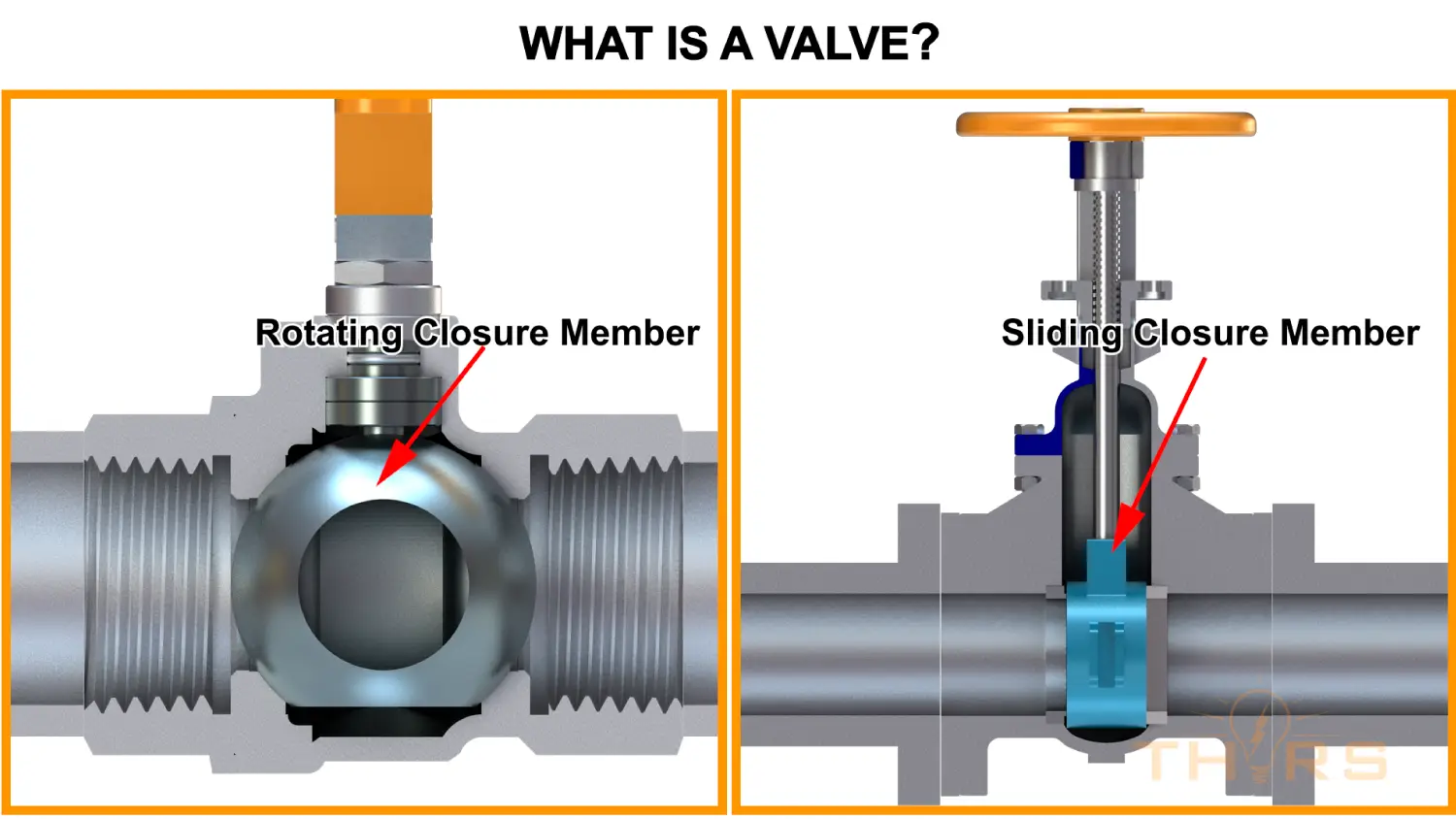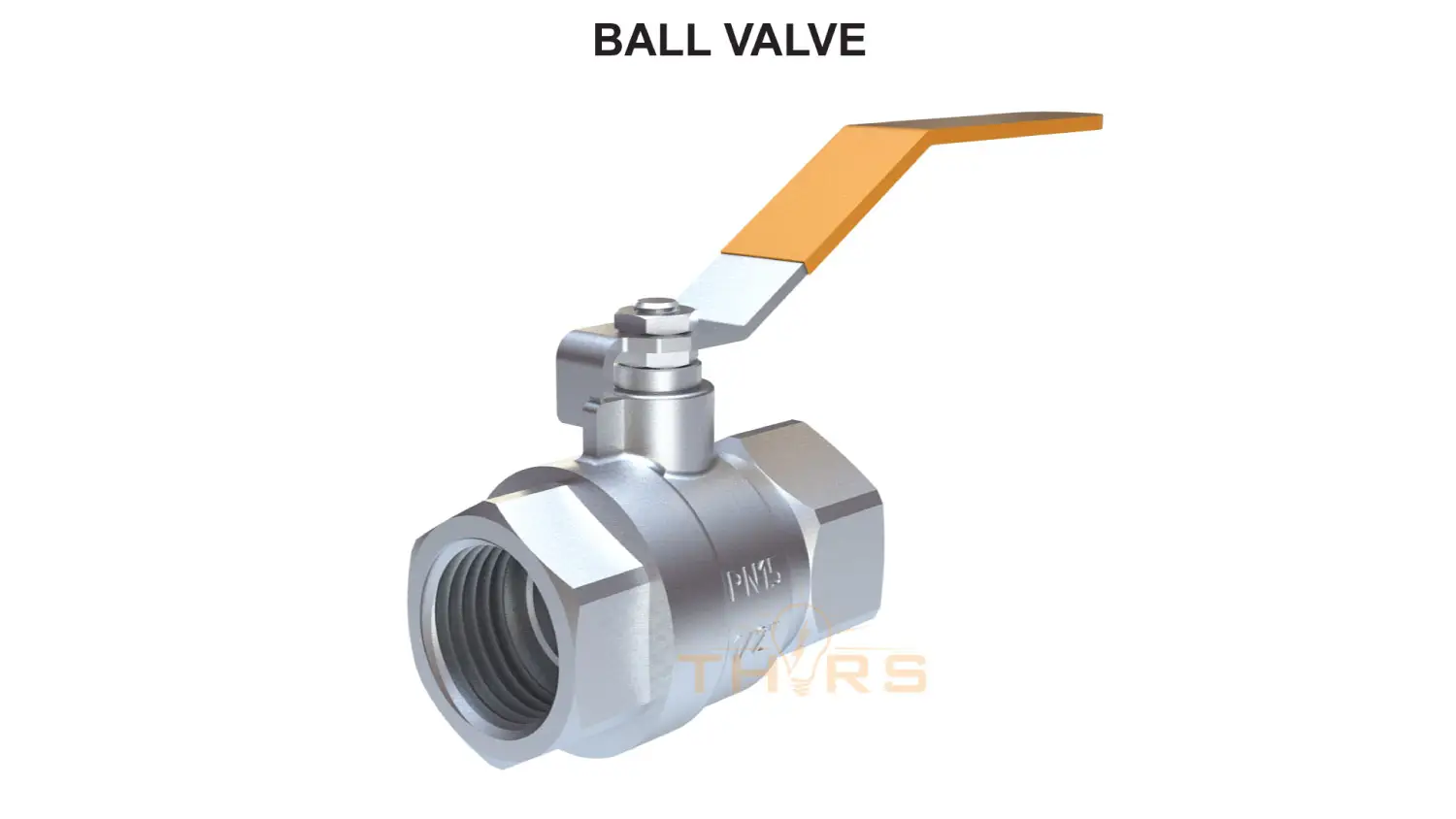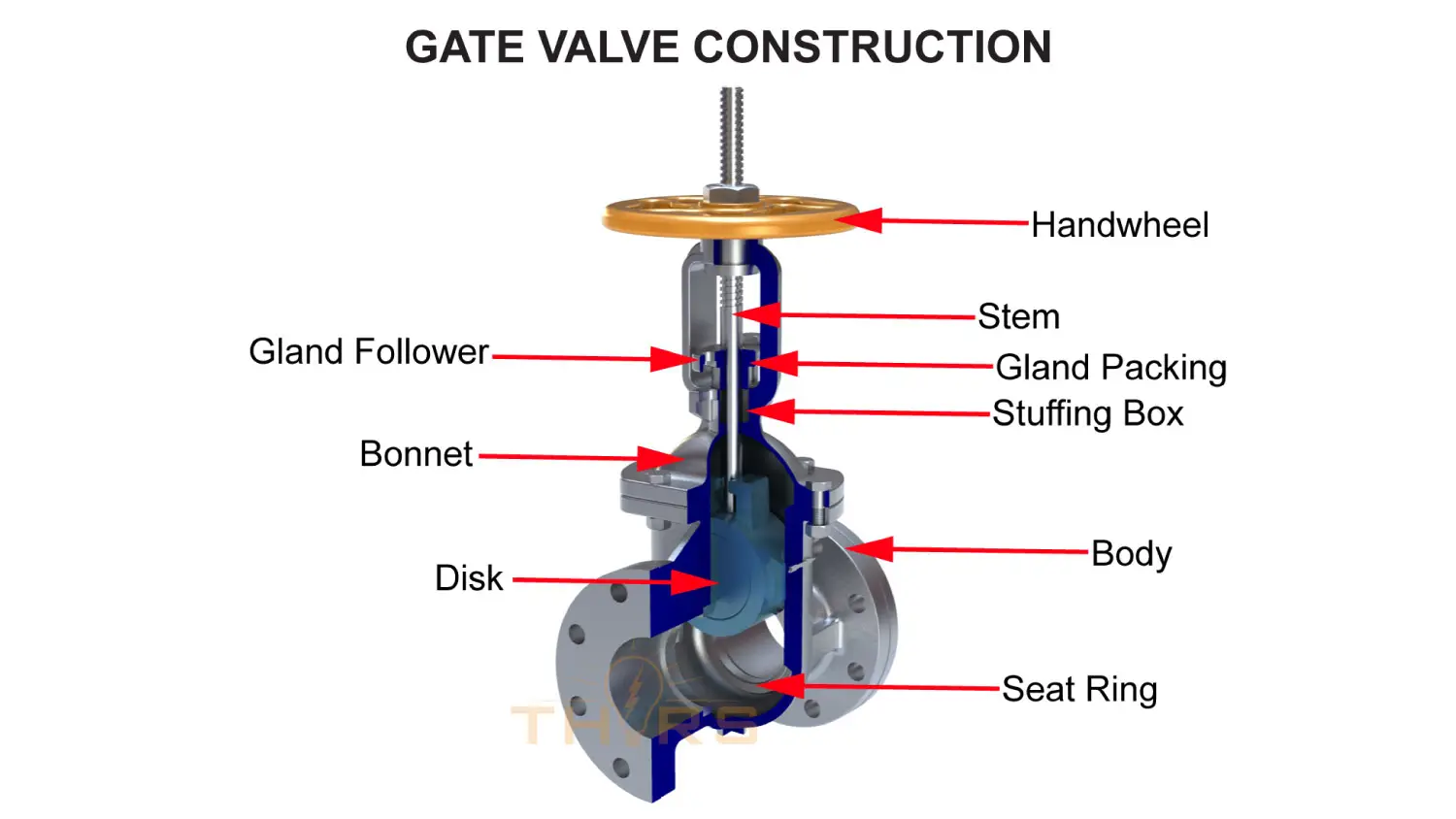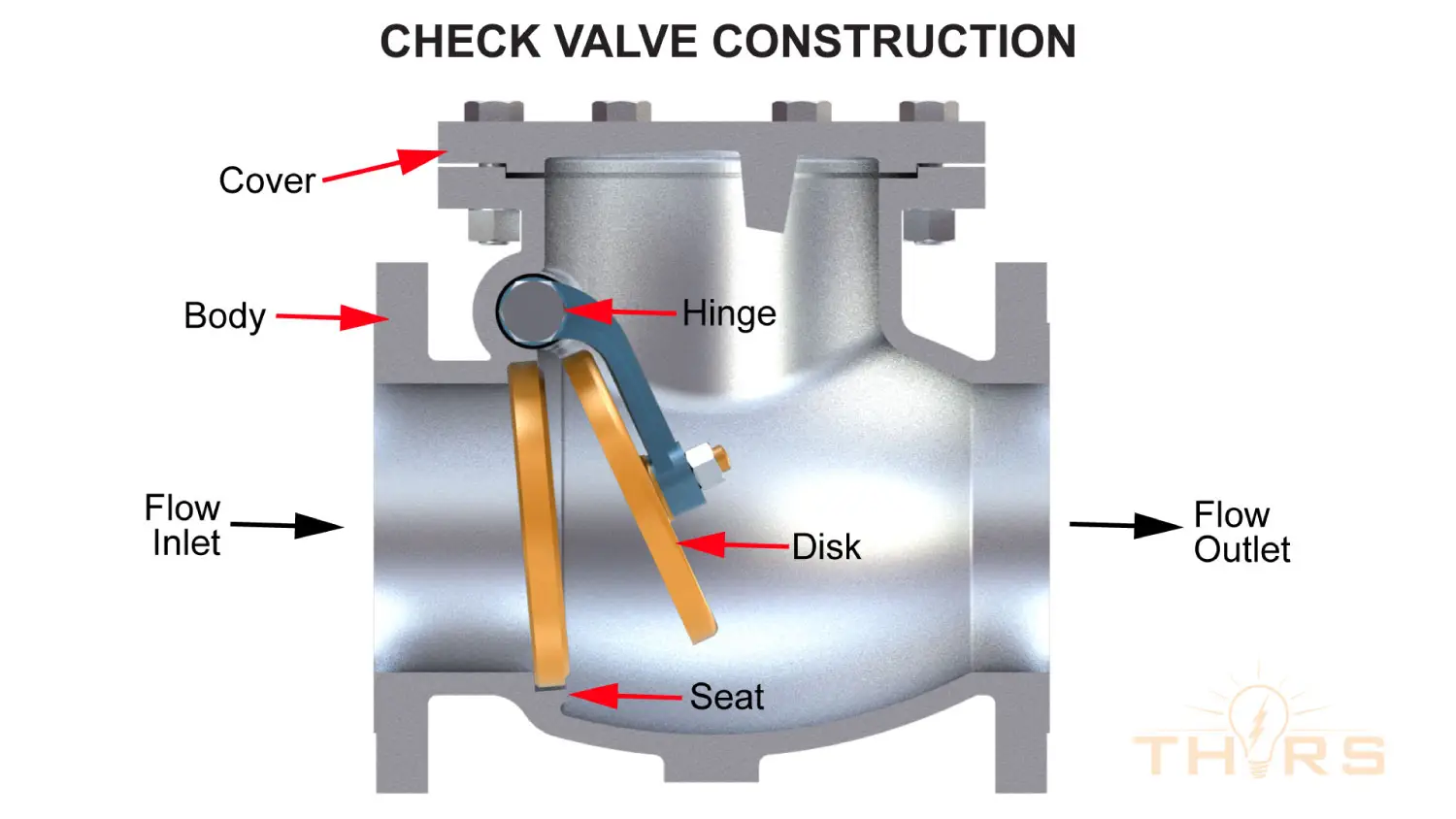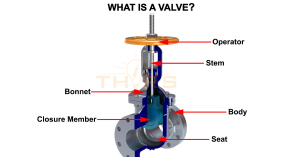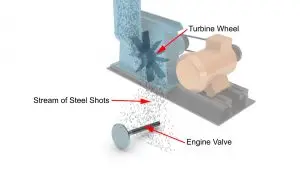Course Description
Valves are fundamental to any industry engaged in the transport and regulation of flowing media. The visually engaging and highly interactive THORS Valve Basics course introduces the learners to the diverse world of valves. Under the broad categories of linear motion valves and rotary motion valves, the course offers a comprehensive overview to the construction, classification, working principle, applications, advantages, and limitations of different types of valves.
Who will benefit from this Valves course?
Quality, manufacturing, engineering, designing, purchasing, and sales functions at organizations that require a basic understanding of valves
Course Classification
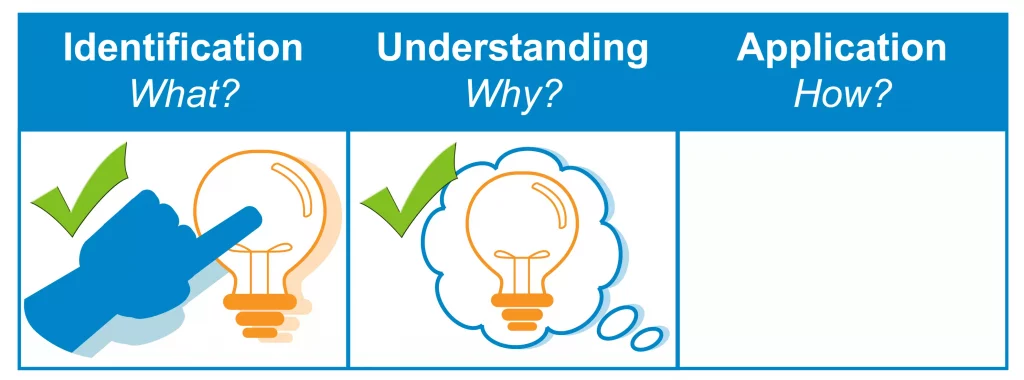
*THORS uses the Bloom’s Taxonomy Methodology for our course development.
Certificate Awarded for Valve Basics
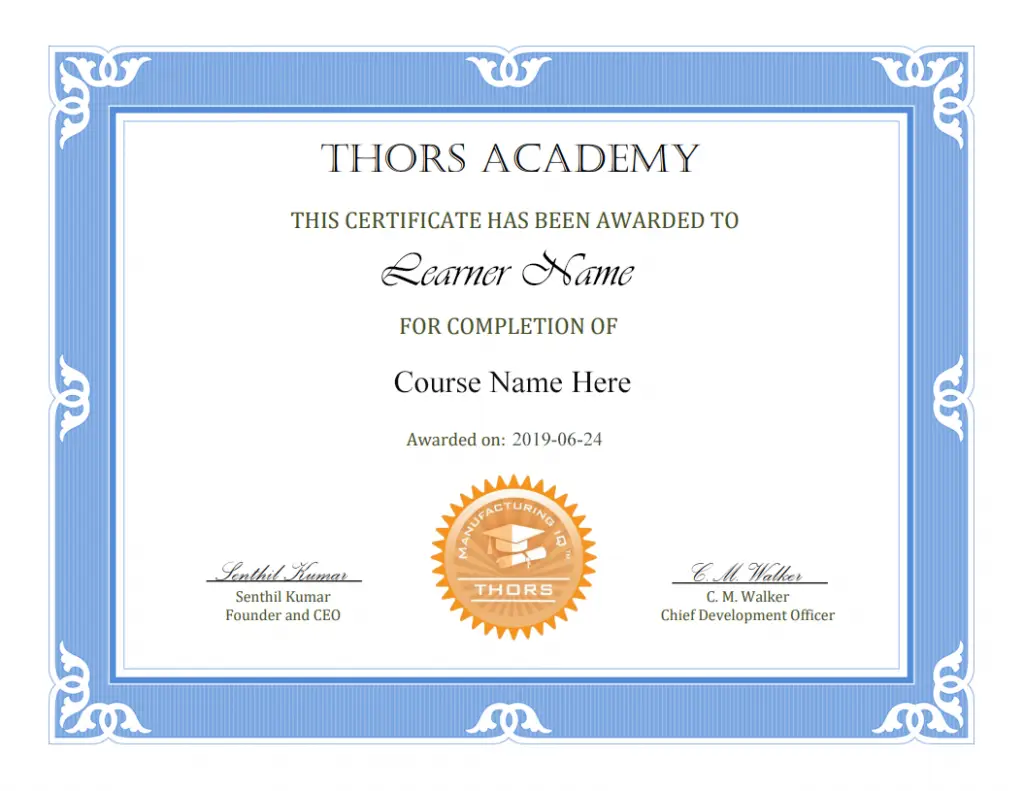
*upon successful completion
Related Posts

7 Steps of Wire Processing for Automotive Wiring Harnesses
Wire processing for automotive wiring harnesses is critical to ensuring that modern vehicles operate safely and efficiently. This process involves preparing, organizing, and connecting wires

Gear Hobbing Cutting Parameters to Optimize the Hobbing Process
What are the Primary Gear Hobbing Cutting Parameters? Primary gear hobbing cutting parameters include the radial feed rate, the axial feed rate, the work spindle
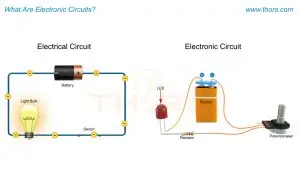
The Evolution of Resistor Technology: From Wire to What’s Next?
Understanding the evolution of resistor technology highlights their crucial role in electronic circuits and how their advancements have shaped modern electronics. It also drives innovation

